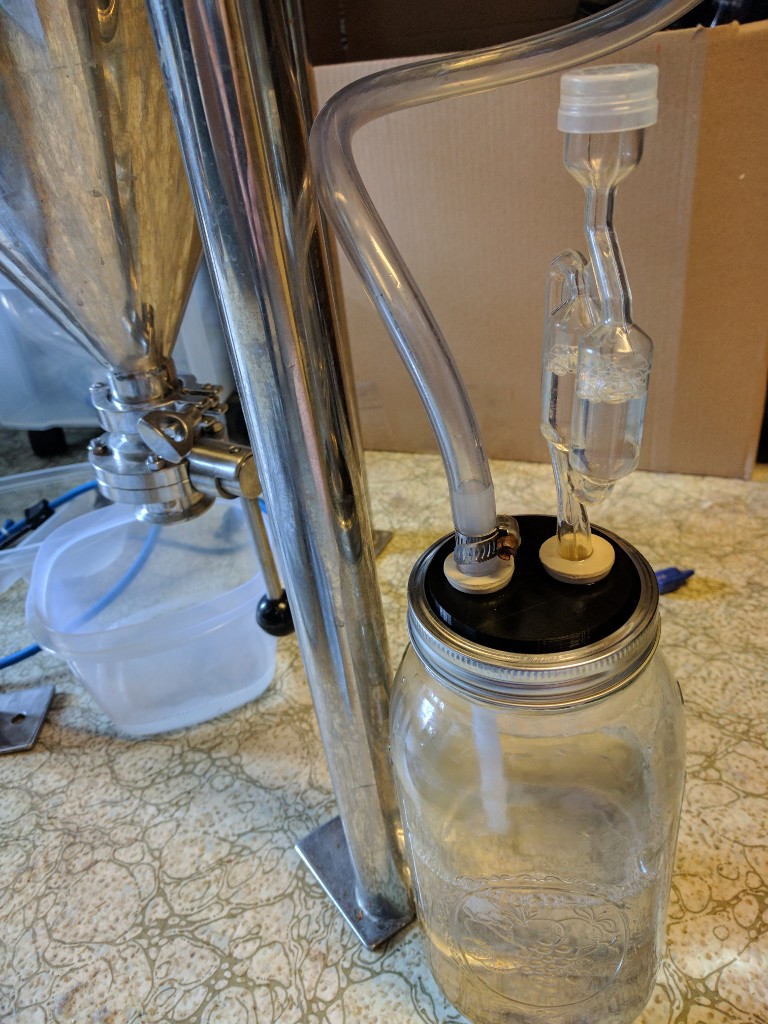f you've never worked with a printer before, the answer is still buy another printer. Seriously. Please. Do not buy an Anet A8, or another cheapy clone as your first printer, it's fairly likely to not be a fun experience. They're not good "beginner" machines, they're not useful ways to "get started," and there are better options for beginners on the market at just about every price range, regardless of what the reviews on the shady sites (that delete most negative reviews instantly) selling these say. If you've worked with printers enough to be at a skill level where purchasing this has a decent chance of not just being a massive headache, then you don't really need to ask these questions.
EDIT: If you're still going to, you need to buy the following things in order for it to be safe.
- An external MOSFET for the bed. Do not, I repeat, do not buy a cheap clone printer with a large heated bed without buying an external MOSFET. The connectors and traces on the board were never meant to handle the amount of current being sent to the bed.
- A new PSU. The easiest way is to just buy an ATX (desktop) PSU and run the 12v rails into the connectors. The cheap little power supplies these ship with are not putting out the wattage they claim, and are juuust barely enough to run the machine at full load, which means they're at risk of blowing out.
Install a different firmware. By default, the Anet A8 and clones like it typically don't have thermal runaway protection enabled. This means, if something goes wrong with the heatbed or hotend, it will not notice, and will keep pumping out heat to the heating elements, possibly pushing them far past their specs can handle, and also causing possible fires.
- Install an E3Dv6 like heatblock. Some of the factories making these clone frameworks still use E3Dv5 styled heatblocks, where the heater cartridge is held in place with just a setscrew. These can easily loosen and drop the heater cartridge, also, you guessed it, causing fires. A v6 style heatblock has jaws that sturdily clamp the heater cartridge in place, keeping it from falling.
- Lastly, if you have to buy a cheapy clone, I suggest picking up a specific type of one. There's a common Prusa i3 derivative often found on eBay that uses a fairly thick, solid wooden frame instead of a flimsy acrylic one made of a bunch of separate parts. I don't remember what it's called, but they're always pictured with an Angry Bird printed in three colors on their beds, despite being single extruder machines. The melamine coated plywood making these up means they're much more reliable in the long run, and serve as a better base than the typical i3 clone, but they still cost about the same.
- By the way, I'm sure either you or I will get a reply saying something to the effect of "I run an Anet A8 at stock and it works fine!!" Okay. Some Takata airbags deploy successfully. Not every Galaxy Note 7 caught fire. Most laptops subject to the Nvidia recall of the last decade didn't melt. That doesn't mean they aren't significantly more at risk to do these things, it just means the person in question didn't encounter the problem. These printers have documented risks, and just ignoring them is how a house caught fire last month.
EDIT 2: Oh, also, if buying something like an A8, buy a reel of GT2 belts. The cheapest clones use GT2 belts that aren't made out of standard materials, and unlike pretty much every other belt on the market, are susceptible to stretching.




![Craft A Brew - Safale S-04 Dry Yeast - Fermentis - English Ale Dry Yeast - For English and American Ales and Hard Apple Ciders - Ingredients for Home Brewing - Beer Making Supplies - [1 Pack]](https://m.media-amazon.com/images/I/41fVGNh6JfL._SL500_.jpg)
































































